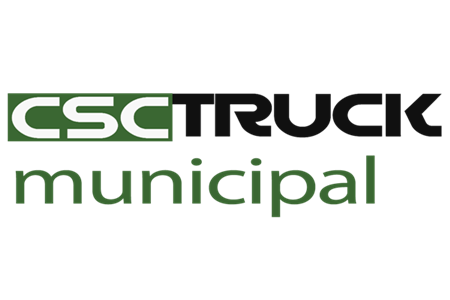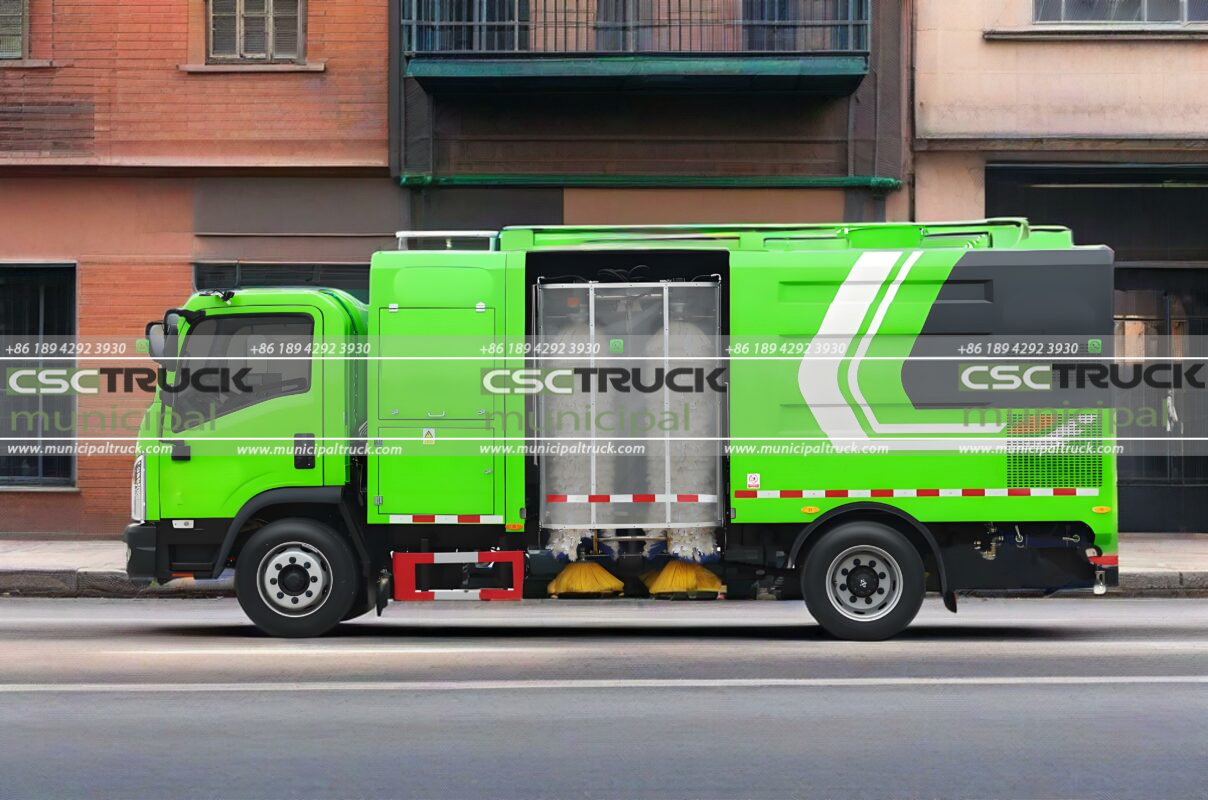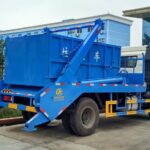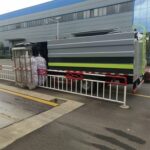In an unprecedented coastal management initiative, the City of Cape Town has commissioned a fleet of 12 heavy-duty fence sweeper trucks engineered to combat chronic sand accumulation along the iconic Atlantic Seaboard. This R48 million strategic intervention—executed through a turnkey contract between CSCTRUCK Municipal Branch and South African infrastructure giant Aveng Group—targets the destabilizing sand drifts that annually bury critical infrastructure, disrupt tourism economies, and damage fragile dune ecosystems along the 40km corridor from Green Point to Hout Bay.
The Atlantic Seaboard’s Perpetual Sand Crisis
Cape Town’s coastal charm masks an escalating battle against wind-driven sand migration that threatens urban functionality and ecological balance.
- Economic and Environmental Tipping Point: Persistent southeasterly winds (“Cape Doctor”) deposit over 15,000 cubic meters of sand monthly onto roads, stormwater drains, and coastal infrastructure. The 2024 coastal audit revealed R280 million in annual damages—from eroded building foundations to paralyzed traffic corridors like Victoria Road. Concurrently, invasive sand smothers endemic fynbos vegetation, destabilizes dune buffers against storm surges, and clogs marine outfalls, triggering sewage backups during peak tourist seasons.
- Limitations of Conventional Solutions: Traditional front-loaders and manual crews could not clear narrow pathways between seawalls and coastal fences without damaging sensitive habitats. Seasonal workforce shortages further hampered rapid response capabilities, allowing minor drifts to escalate into meter-high barriers within 72 hours of gale-force winds.
Engineering Resilience – The Fence Sweeper Truck System
CSCTRUCK’s custom-designed heavy-duty sweeper trucks integrate terrain-specific mobility with precision sand extraction technology for minimally invasive operations.
- Terrain-Adaptive Chassis and Collection System:
Articulated all-wheel-drive platforms with hydraulic leveling navigate 25-degree slopes and soft-sand zones inaccessible to conventional vehicles. Front-mounted “sand combs” lift drifts from fence lines without damaging barriers, while high-torque conveyor belts transport material to 14m³ onboard hoppers—tripling daily clearance capacity versus traditional methods. - Multi-Stage Filtration and Sand Stabilization:
Integrated cyclonic separation chambers remove microplastics and organic debris from reclaimed sand, achieving 95% purity for reuse in beach nourishment projects. Post-clearance, rear-mounted polymer sprayers apply biodegradable binding agents to exposed dunes, reducing resuspension risks by 70% during subsequent wind events. - Autonomous Operation and Ecosystem Safeguards:
AI-driven obstacle detection lidar halts operations within 5 meters of protected flora like the endangered Erica verticillata. Real-time sand accumulation maps generated by municipal drones optimize routing, while hybrid diesel-electric powertrains enable near-silent overnight clearing operations to minimize disruption to coastal tourism activities.
Collaborative Execution – Integrated Service Delivery Model
The project’s rapid deployment reflects a performance-based partnership leveraging global engineering and local operational expertise.
- CSCTRUCK-Aveng Consortium Framework:
Under a 5-year R120 million contract, CSCTRUCK Municipal Branch supplied the patented sweeper systems and operator training simulators, while Aveng Group established three coastal maintenance depots utilizing existing civil engineering facilities. The agreement includes real-time fleet monitoring via satellite and mandatory quarterly environmental compliance audits by SANParks ecologists. - Zoned Response Protocol:
Phase 1 prioritizes three critical sectors: the high-drift “sand river” zone at Camps Bay’s Glen Beach, the heritage-protected Sea Point Promenade, and the erosion-threatened transport artery in Llandudno. Phase 2 (Q3 2026) expands to False Bay coastlines, integrating sweeper data with the City’s coastal erosion early-warning system.
Synergizing Municipal Assets for Coastal Sustainability
The fence sweepers anchor a coordinated strategy aligning specialized vehicles for comprehensive dune-to-sea pollution control.
While the primary sweeper trucks maintain barrier integrity against sand ingress, supplementary municipal assets address secondary impacts: Sprinkler trucks apply moisture to construction access roads, suppressing dust clouds that would otherwise exacerbate airborne particulate levels along the seaboard. Simultaneously, compact vacuum trucks extract microplastic residues from stormwater catch basins before ocean discharge, completing a closed-loop environmental management cycle across the coastal interface.
This mechanized ecosystem positions Cape Town as Africa’s first metropolis to institutionalize integrated coastal infrastructure maintenance, transforming reactive disaster spending into proactive resilience investment through transnational technical collaboration and precision engineering.







